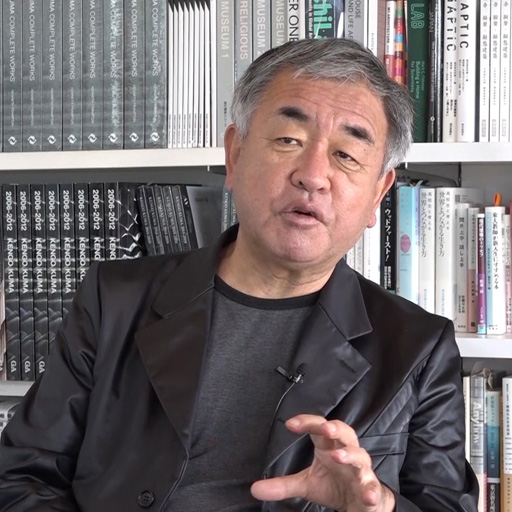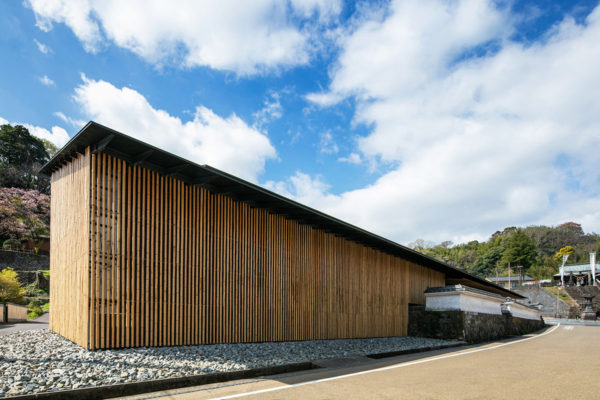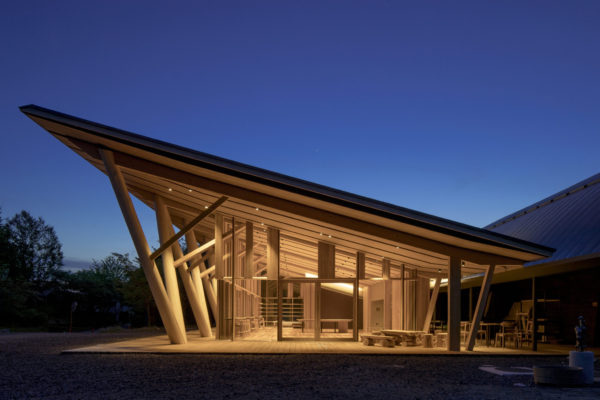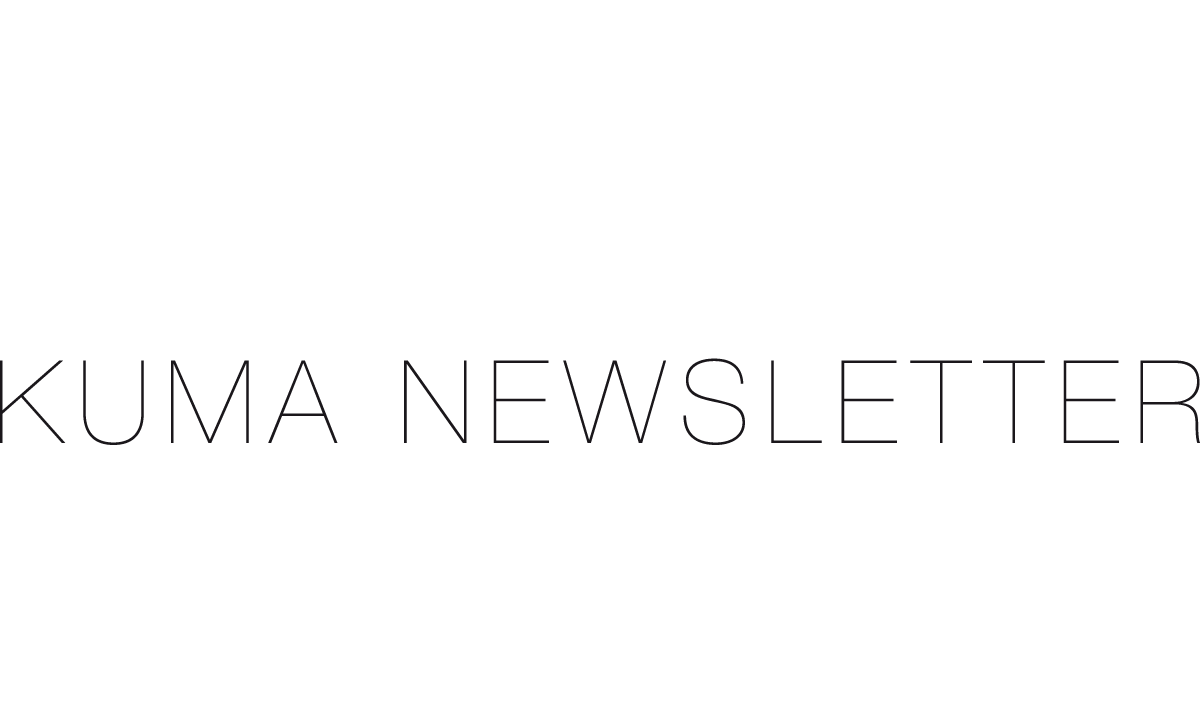#37 December 29, 2020
The number one positive outcome this year as a result of the coronavirus pandemic was the starting of global meetings via zoom by all of the over 300 members of our organization. These meetings which connect our Tokyo office, Paris office, Beijing office, Shanghai office and at times live images of staff members working at construction sites are held for 30 minutes in the early evening every Wednesday, and enable all of our staff to reaffirm their connection between one another. The meetings were also great opportunities for us to know how the people in Paris, Beijing and Shanghai were fighting against coronavirus respectively and leading their life, as they gave us a totally different perspective about the situation from the news we get in general.
The increase in remote meetings brought me into a clearer view that our Tokyo office has disjointed, and a dispersed style of working which will replace the style of working in large offices (boxes).
Since many of our job sites are in the countryside, this led me to the realization that we could have an office configuration that consists of a collection of satellite offices on the Cloud from the respective job sites. This has the potential to create a grassroots Cloud-like lab in which various craftspeople around the world are directly and closely connected with the people of the world.
On the other hand, it is difficult to give up on the notion of having meetings where you see each other face to face based on the physical model. Therefore, I also realized anew that this type of communication is one of the distinctive qualities of the Kuma organization. Next year, I would like to continue various efforts and attempts to strike a balance between these two styles of communication which at a glance appear to be the opposite of each other.

ProjectsTaketa History and Culture Museum
 This museum is located in the castletown of Taketa which is famous for its impregnable Bungo Okajo Castle. Rentaro Taki who was born in Taketa composed the folk song entitled “Kojo No Tsuki” based on the theme of Okajo Castle. Situated along a water channel, this museum is designed to look like a lo … Read More
This museum is located in the castletown of Taketa which is famous for its impregnable Bungo Okajo Castle. Rentaro Taki who was born in Taketa composed the folk song entitled “Kojo No Tsuki” based on the theme of Okajo Castle. Situated along a water channel, this museum is designed to look like a lo … Read MoreProjectsmorinos
 This is a facility for education programs to teach the multifaceted functions of forests. Workshops are repeatedly held with students of the academy under the lean-to roof with a large overhang which is supported by logs cut down from the forest in a V-shaped configuration, creating a very open spac … Read More
This is a facility for education programs to teach the multifaceted functions of forests. Workshops are repeatedly held with students of the academy under the lean-to roof with a large overhang which is supported by logs cut down from the forest in a V-shaped configuration, creating a very open spac … Read More